The selection of the appropriate stainless ball valve is crucial for optimizing performance in various industrial applications. According to a recent report by Research and Markets, the global ball valve market is expected to reach USD 12.5 billion by 2027, with stainless ball valves playing a significant role in this growth due to their durability and resistance to corrosion. These valves are widely utilized in sectors such as oil and gas, water treatment, and chemical processing, where performance reliability is paramount. Understanding the specifics of stainless ball valves—including size, pressure rating, and compatibility with different media—is essential for engineers and procurement professionals alike. Choosing the right valve not only ensures operational efficiency but also significantly contributes to the overall safety and reliability of industrial systems.
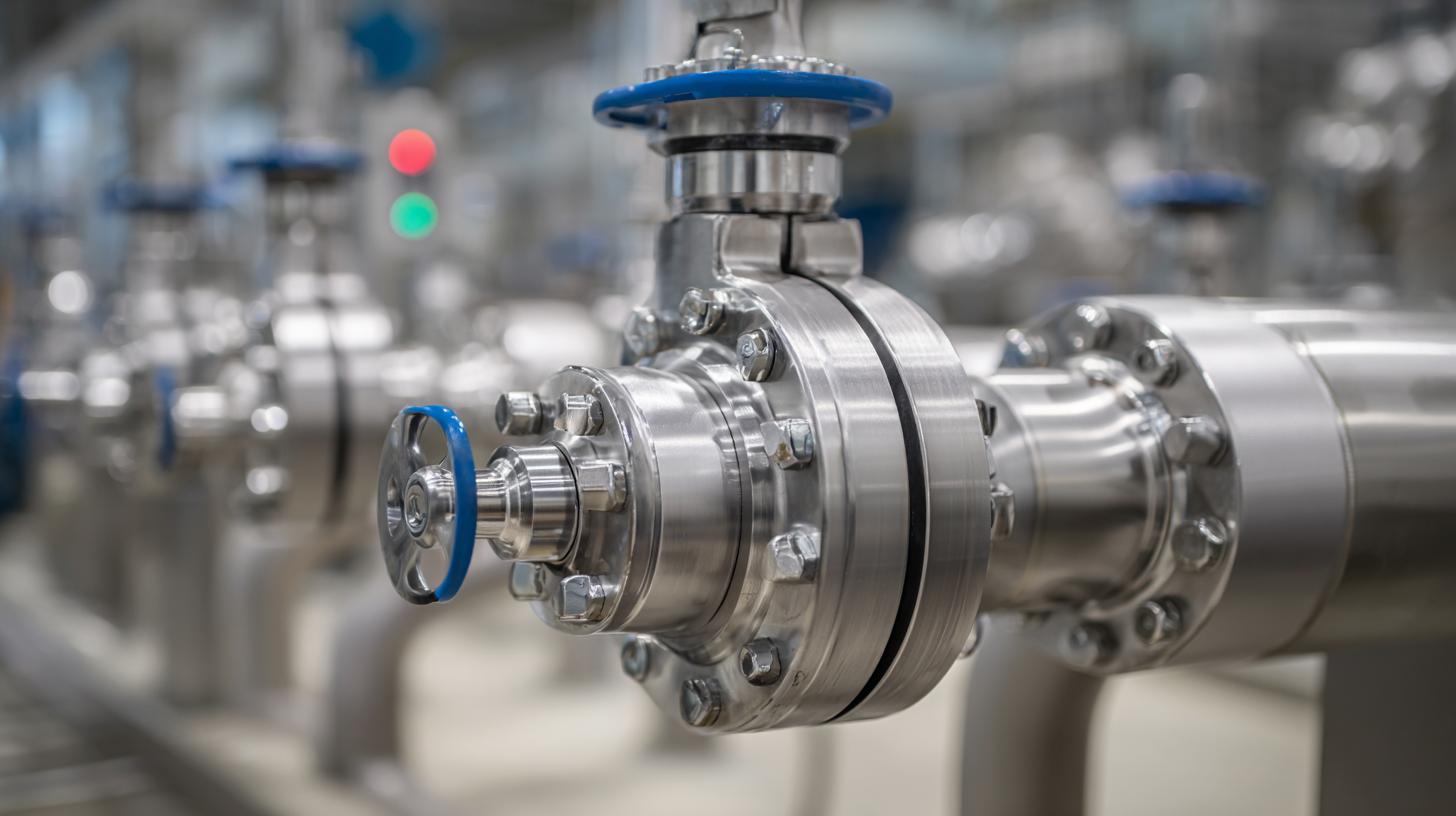
When selecting a stainless ball valve for industrial applications, understanding the various types available is crucial. The most common types include full-port, reduced-port, and V-port ball valves. Full-port valves have a larger opening that allows the flow of fluid to move through without restrictions, making them ideal for applications requiring maximum flow capacity. According to a recent industry report by the Global Ball Valve Market, full-port valves account for approximately 45% of the market due to their efficiency and suitability in critical applications.
Reduced-port valves, on the other hand, have a smaller opening, which can create a pressure drop in the system. They are best utilized in systems where flow rates are not as demanding. The versatility of V-port ball valves, which feature a notched ball, allows precise control of flow, making them essential in processes needing accurate regulation of liquids or gases. As per industry statistics, V-port valves are experiencing a growth trend, expected to rise by 6.2% annually as manufacturers seek improved process control capabilities. Understanding these variations can guide you in making informed decisions tailored to your specific industrial requirements.
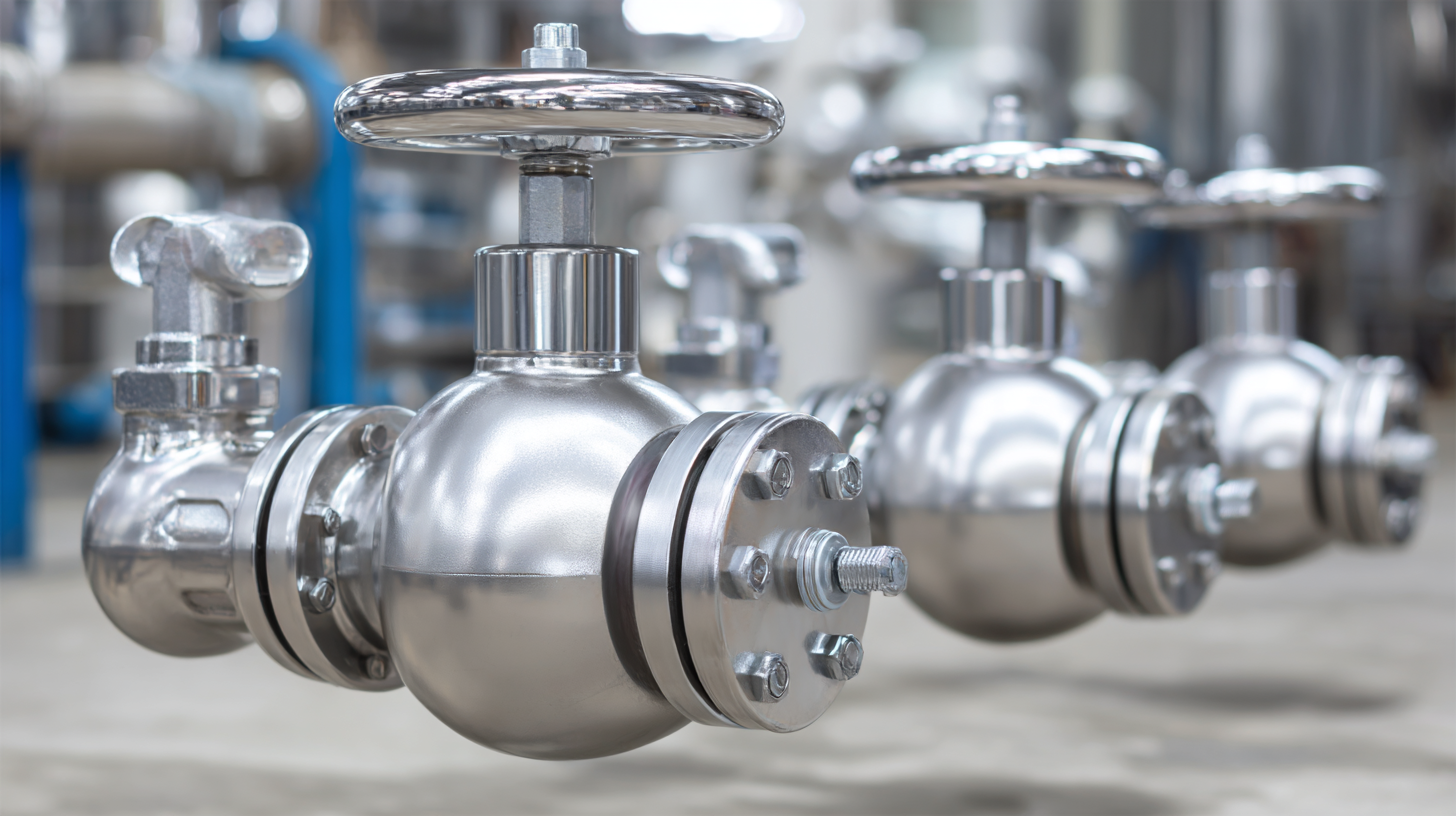
When selecting a stainless ball valve for industrial applications, several key factors must be considered to ensure optimal performance and longevity. First, the type of media being handled plays a crucial role. For instance, according to a report from the American Society of Mechanical Engineers (ASME), stainless steel valves are highly resistant to corrosion, making them suitable for fluids containing acids or alkaline substances. Additionally, the temperature and pressure ratings are essential; valves should be selected based on the specific working conditions outlined in the relevant industry standards (such as ANSI/ASME B16.34).
Tips: Always check the valve's maximum temperature and pressure ratings specified by the manufacturer. This ensures that the selected valve can withstand the operational conditions without failure.
Moreover, the size and connection type of the valve must match the piping system to avoid leaks and pressure drops. According to the International Organization for Standardization (ISO), mismatched valves can lead to significant efficiency losses in a system, often estimated at around 10% in industrial processes. Be sure to consider the flow characteristics and the desired control level, as this will influence the choice between reduced bore and full bore design.
Tips: Always conduct a thorough assessment of the piping layout and flow demands before making a purchase, as this will help in selecting the most appropriate valve type for your system.
When selecting a stainless ball valve for industrial applications, assessing pressure and temperature ratings is crucial. Different applications operate under varying conditions, and understanding these parameters helps in ensuring valve integrity and efficiency. It's essential to refer to the manufacturer's specifications for the maximum pressure and temperature limits of the valve, as exceeding these rates can lead to valve failure and potential safety hazards.
**Tips:** Always consider the working environment of your application. High-temperature applications might require specially designed valves that can withstand thermal expansion and provide reliable sealing. Additionally, ensure that pressure ratings match or exceed your system requirements to avoid leaks and ruptures.
Another important factor is the compatibility of the valve materials with the media being handled. Stainless steel is generally corrosion resistant, but some aggressive substances may still require additional considerations. Regular maintenance and periodic inspections can also help in identifying any changes in the performance of the valve due to wear or environmental factors.
**Tips:** Invest in a valve that features reliable sealing mechanisms to enhance durability. Implementing a monitoring system for pressure and temperature can provide real-time data, helping you make informed operational decisions.
| Valve Size (inches) | Pressure Rating (PSI) | Temperature Rating (°F) | Body Material | Applications |
|---|---|---|---|---|
| 1/2 | 1500 | 400 | Stainless Steel | Water, Oil, Gas |
| 3/4 | 1000 | 375 | 316 Stainless Steel | Chemical Processing |
| 1 | 600 | 300 | Carbon Steel | Hydraulic Systems |
| 1 1/2 | 300 | 250 | Brass | HVAC Systems |
| 2 | 150 | 200 | PVC | Irrigation |
When selecting a stainless steel ball valve for industrial applications, understanding material compatibility is crucial for optimizing performance and longevity. Different process fluids possess varying chemical properties that can interact differently with valve materials. According to a 2022 report by the Fluid Controls Association, nearly 25% of industrial valve failures are attributed to material compatibility issues. For example, stainless steels like 304 and 316 exhibit excellent resistance to corrosion in environments containing water and some acids, but may degrade when exposed to chlorides or other aggressive chemicals.
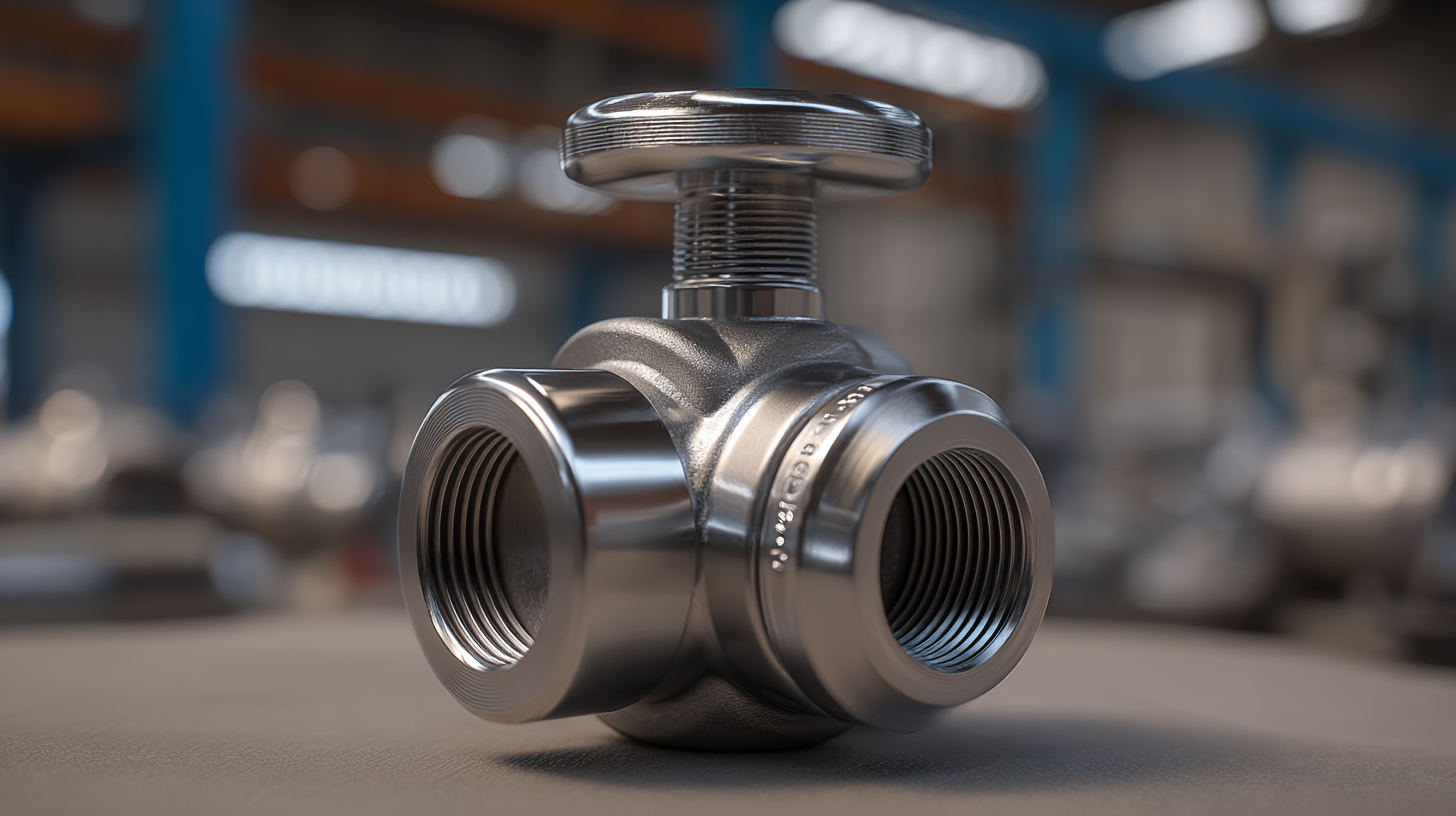
Moreover, the selection of the right ball valve extends beyond just the fluid types. For instance, a recent study from the Valve Manufacturers Association notes that approximately 30% of valve application failures result from improperly matched materials, which leads to significant operational costs. Utilizing valves made from high-grade alloys or specialized coatings can mitigate risks when handling caustic materials or high-pressure conditions. Therefore, assessing the chemical properties of process fluids and aligning them with the right stainless steel grade not only enhances system reliability but also ensures regulatory compliance and operational efficiency in industrial settings.
When choosing a stainless ball valve for your industrial needs, evaluating maintenance requirements is crucial. Stainless ball valves are known for their durability and resistance to corrosion, but they still require regular checks to ensure optimal performance. Factors such as the environment in which the valve will be used, the frequency of operation, and the specific media being handled all influence maintenance schedules. Regular inspection of seals and packing can prevent unexpected leaks and extend the valve’s lifespan.
**Tips:** Always keep an eye on the actuator’s performance as well. If it’s pneumatic or electric, ensure that there’s no excessive wear and that the power supply is stable. Additionally, consider implementing a routine maintenance log that tracks inspections and repairs, making it easier to anticipate any major overhauls.
Moreover, training your maintenance team on the specific needs of stainless ball valves can result in more effective upkeep. Familiarity with the valve’s design and operation will help in identifying early signs of wear or failure. Regularly updating equipment manuals and maintenance routines to reflect any changes in operations will also contribute to a more efficient workflow.


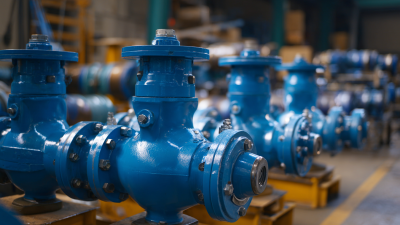
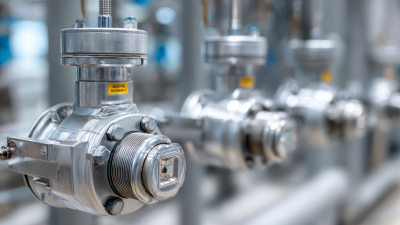

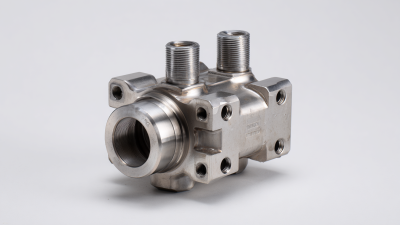



Same Day Shipping
ISO Certified Production